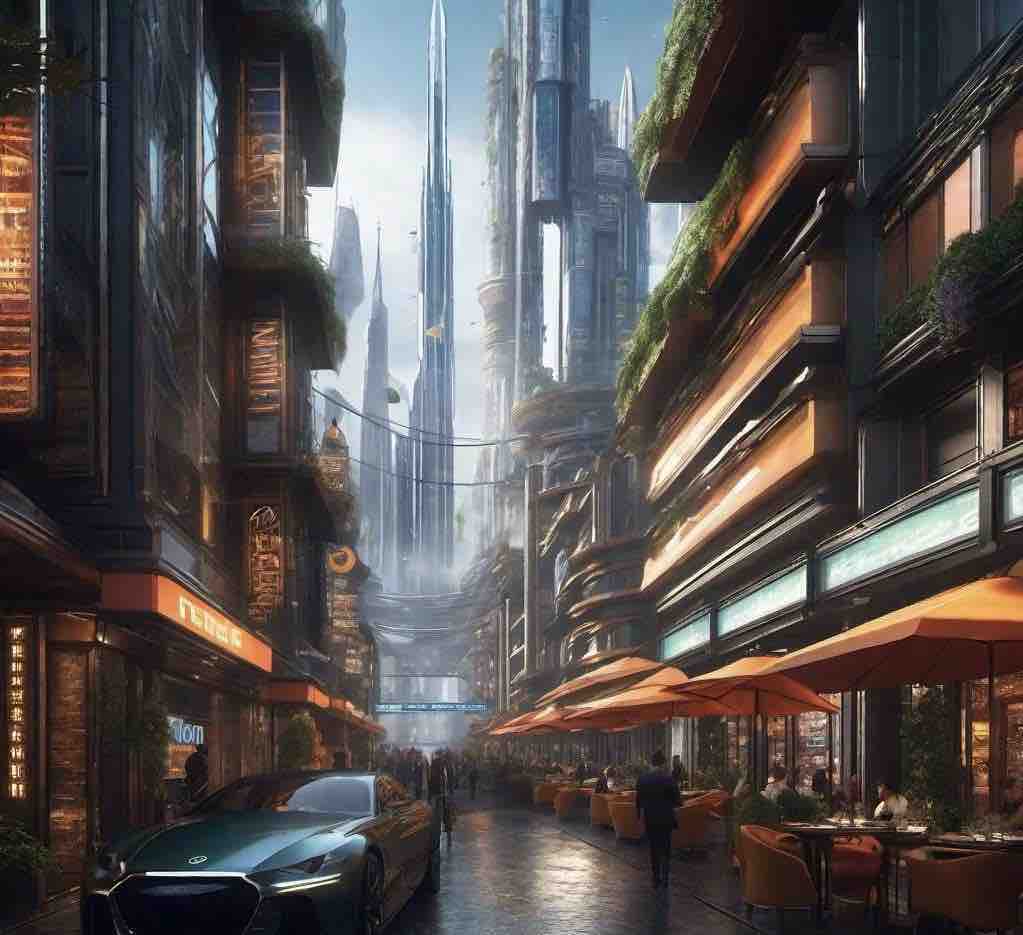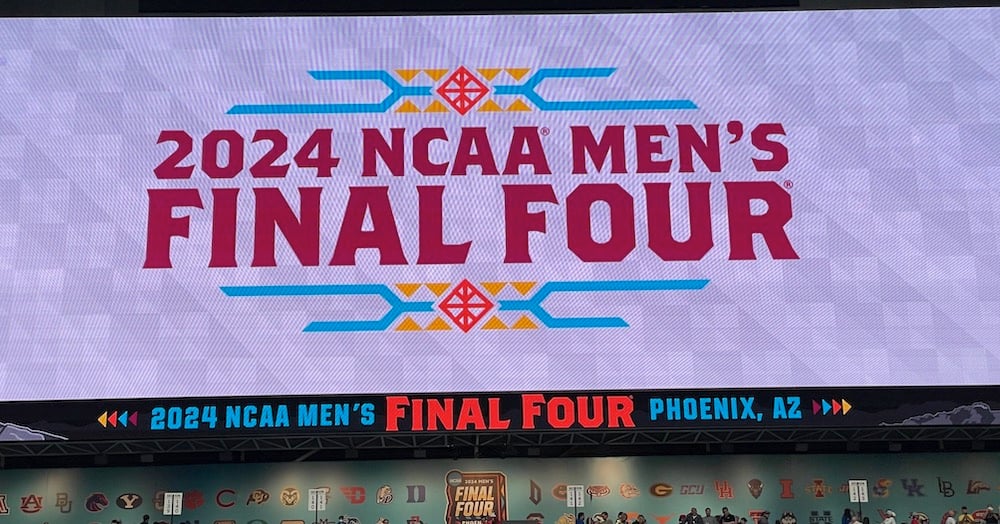15-Minute Cities: Urban Transformation Unveiled
Written by M Sirviche on 10/21/2023
In a world marked by the relentless hustle and bustle of modern life, where time is precious and urban congestion reigns supreme, the concept of “15-minute cities” is gaining traction as a beacon of hope for the future of urban living. Imagine a city where everything you need is within a 15-minute walk or bike ride from your front door. It’s not just a tantalizing idea; it’s a potential blueprint for more sustainable, healthier, and interconnected urban environments. But like any transformative vision, it comes with its share of opportunities and challenges.
The 15-Minute City Vision
At its core, the 15-minute city concept is about reimagining urban design to prioritize human well-being over cars. It’s an antidote to the sprawling metropolises where traffic snarls for hours, and communities are fractured by long commutes. In a 15-minute city, essential services such as schools, healthcare facilities, grocery stores, parks, and workplaces are all within a 15-minute reach, typically on foot or by bike.
Positive Effects:
- Reduced Environmental Impact: Perhaps the most profound advantage of the 15-minute city is its potential to cut carbon emissions. With shorter commutes, fewer people will rely on cars, leading to cleaner air, reduced traffic congestion, and a significant decrease in greenhouse gas emissions.
- Improved Quality of Life: A 15-minute city fosters healthier, more active lifestyles. Walking and cycling become the primary modes of transportation, leading to a decrease in sedentary behavior and associated health problems. Access to green spaces and parks also encourages physical activity and mental well-being.
- Community Building: Smaller neighborhoods create a sense of belonging and tighter-knit communities. Residents have more opportunities to interact, leading to increased social cohesion and a stronger sense of local identity.
- Economic Resilience: Local businesses thrive as people frequent nearby shops and restaurants. This resilience ensures that cities can weather economic storms more effectively.
Negative Effects:
- Initial Costs: Retrofitting existing cities to fit the 15-minute model can be expensive. Infrastructure changes, such as building bike lanes and improving public transportation, can require substantial investments.
- Gentrification Concerns: As neighborhoods become more desirable due to improved amenities, there is a risk of gentrification, pushing out lower-income residents who can no longer afford to live in these areas.
- Resistance to Change: People are often resistant to change, and implementing 15-minute city principles may face opposition from those who rely heavily on cars or who have vested interests in maintaining the status quo.
- Complex Planning: Redesigning cities is a complex and long-term process. It requires careful planning, coordination, and engagement with communities, which can be challenging to achieve.
The concept of 15-minute cities is not a one-size-fits-all solution. It requires a nuanced approach that considers the unique characteristics of each urban area. However, it serves as a thought-provoking catalyst for conversations about the future of urban living. It forces us to question our current modes of transportation, our city layouts, and our priorities.
What if we lived in cities where our daily routines were strictly regulated by a rigid and one-size-fits-all urban blueprint? What if our individual freedoms were subjugated to a dogmatic vision that enforces vibrant, yet highly controlled, and sometimes impractical communities? The idea of 15-minute cities challenges us to accept a predetermined future where authorities prioritize micromanagement over personal choice, where government intervention replaces market-driven solutions, and where our everyday lives are fundamentally altered by urban planners.
As we confront the encroaching complexities of urbanization and its potential consequences on personal freedom and self-determination, the concept of 15-minute cities beckons us to tread carefully into uncharted territory. It forces us to question whether we are ready to relinquish our autonomy to a central authority, to accept an imposed lifestyle where our choices are limited and predetermined. Are we prepared to yield control to a vision of a future where individuality and personal liberty are secondary to the collective agenda? It’s a critical question to ponder as we navigate the fine line between urban innovation and potential overreach.
Disclaimer: The views and opinions expressed in this article are those of the authors and do not necessarily reflect the position of Heroes Media Group







